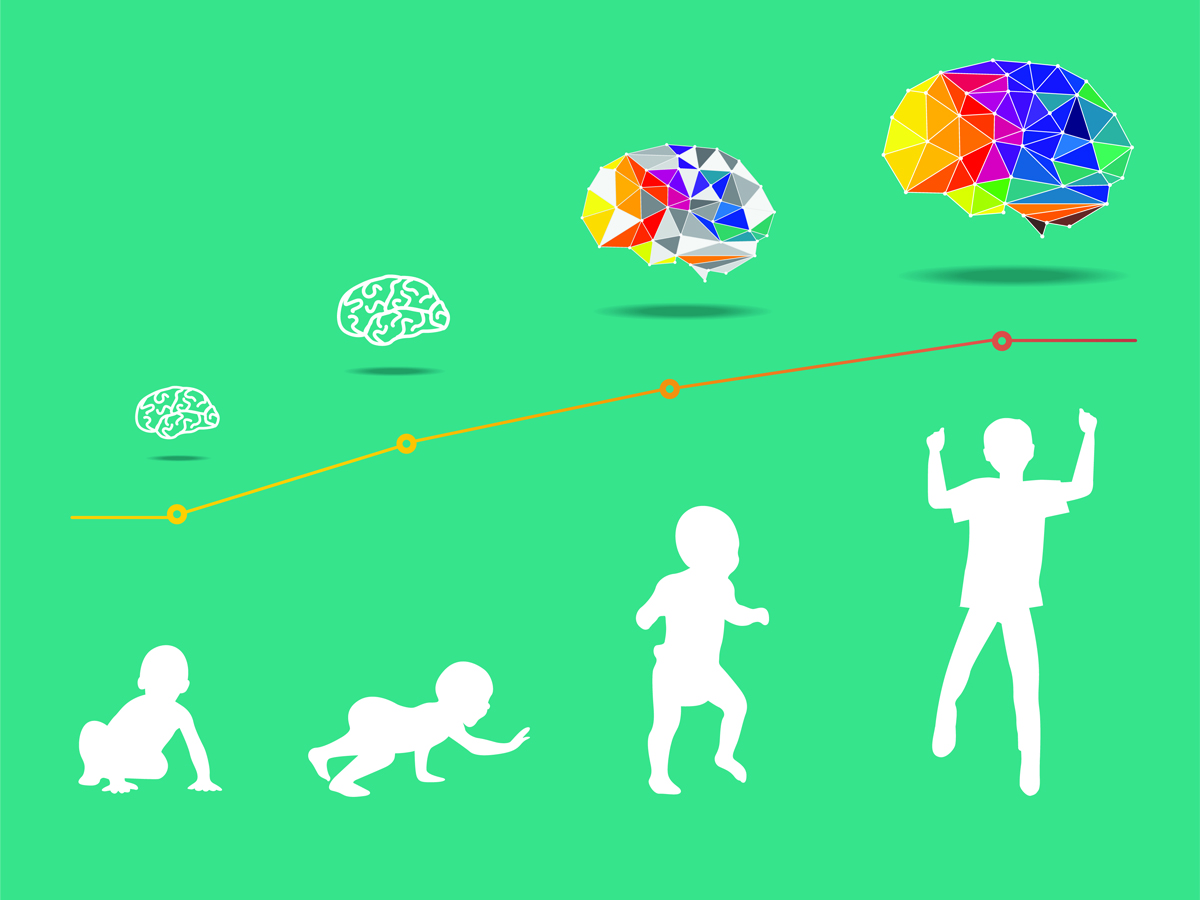New autism research shows that therapy commenced in infancy may reduce early developmental disability to the point where a childhood clinical autism diagnosis was two-thirds less likely, that also results in significant savings in NDIS costs.
Lead author, Professor Leonie Segal, University of South Australia chair for Health Economics and Social Policy, said by investing in services early in life for babies showing early autism signs, and reducing levels of disability, the study predicted a net cost savings of $10,695 per child by age 13.
“The modelling also predicted that savings in support costs associated with disability would balance out therapy costs shortly after the child turned five, just four years after delivery of the therapy,” she said.
According to Professor of Autism Research at Telethon Kids and the University of Western Australia, Andrew Whitehouse, the findings clearly argue the case that investing in early support for babies represents a good investment for the whole community, as autism is not typically diagnosed until three years of age.
“However, therapies commencing during the first two years of life, when the initial signs of development difference are observed, and the brain is rapidly developing, can positively impact developmental outcomes in later childhood,” he said.
While many services used the presence or absence of a diagnosis as a ‘trigger’ for funding and therapy, this study reinforces the potential value of therapies prior to a diagnosis.
“At a time when NDIS sustainability is of great importance to everyone, these findings are very significant, and given that more than than a third of all participants in the NDIS have an autism diagnosis, the implications of these findings are enormous,” Whitehouse said. “This is about finding the best use of funds to create the best outcomes for children.”
Professor Segal said a challenge for health and disability systems globally is how to allocate finite funding to best support people with a disability, including autistic children and their families.
“Optimal resource allocation requires an understanding of the benefits versus costs of potential therapies, especially to inform at what age to provide support. This study, together with the earlier work on which it builds, provides evidence that pre-emptive therapies are a feasible, effective and an efficient clinical pathway,” she said. “The discovery of therapies that reduce the disability experienced by children will often mean that that child requires fewer supports in later childhood.”
Researchers from the University of Manchester, La Trobe University and Griffith University were also involved in the research which was first published in JAMA Network Open.

